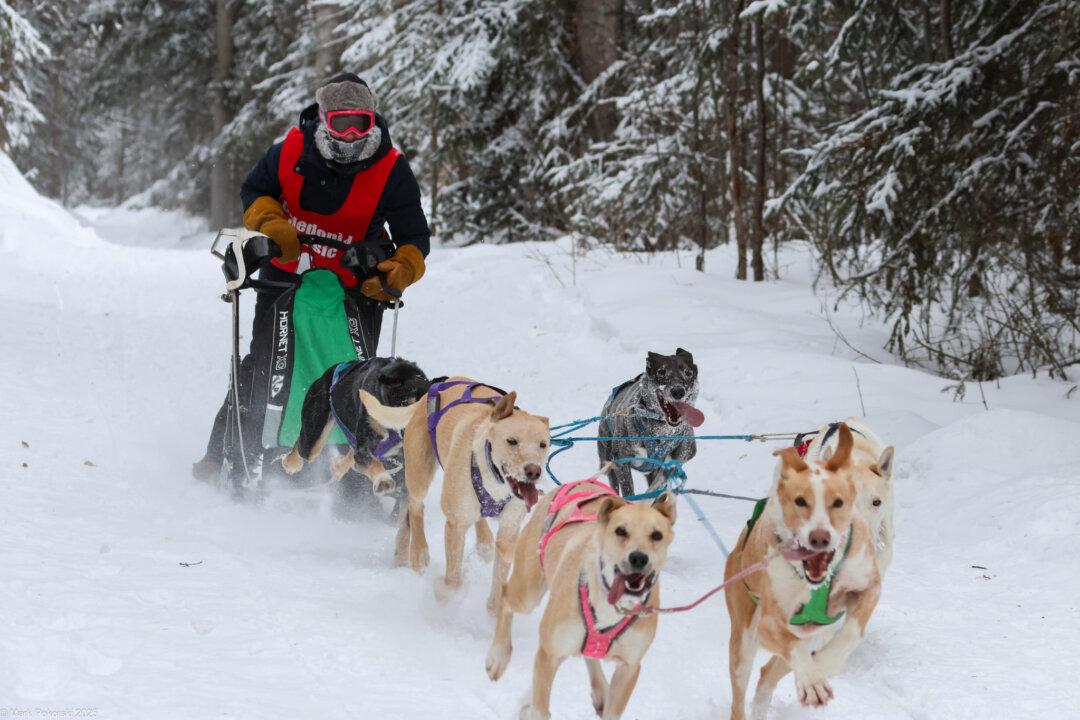The election of Wab Kinew’s NDP government in Manitoba means there will no longer be three conservative Western premiers.
In the past, the conservative premiers of Manitoba, Saskatchewan, and Alberta have presented a united front to the federal government on issues like rising crime rates and gun control. Manitoba also mounted its own opposition to the federal carbon tax.





